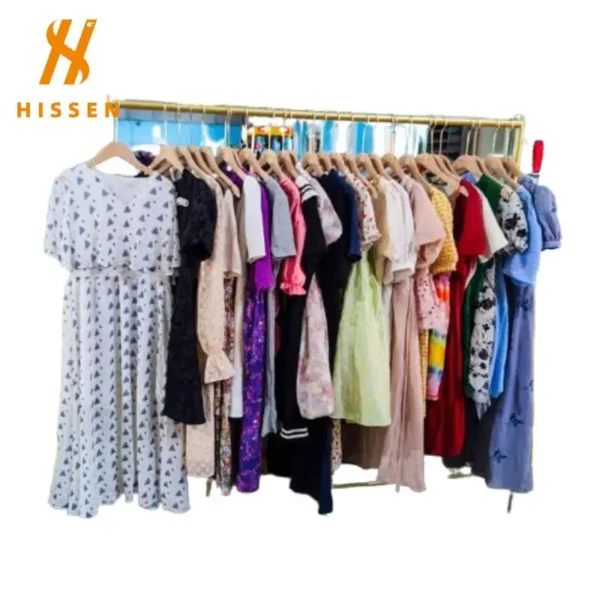Buying used boots in bulk is no longer a side hustle—it’s a growing global trade. In 2025, used shoes, especially used boots, are seeing rising demand across emerging markets. For B2B buyers like wholesalers, importers, and distributors, sourcing high-quality used boots at scale can be a very profitable opportunity. But with shifting global trends, quality concerns, and shipping complexities, getting it right takes more than just finding a supplier.
This guide walks you through everything you need to know—where the market is booming, how to find reliable sources, what to look for in product quality, and how to calculate your profit after logistics and tariffs. Whether you’re just starting out or looking to scale your used boots business, this guide will give you a competitive edge.

Market Trends in 2025: Rising Global Demand for Used Boots
According to Verified Market Research, used shoes market size was valued at USD 1.89 Billion in 2023 and is projected to reach USD 3.53 Billion by 2031, growing at a CAGR of 5.8% during the forecasted period 2024 to 2031.
From rugged work boots worn on construction sites to military-grade boots favored in developing markets, used boots are emerging as a top-selling item in the secondhand supply chain. Used boots are no longer just filling gaps in low-income communities—they’re becoming a part of fashion culture, utility wear, and sustainable shopping movements.
Africa continues to lead in volume demand. Countries like Nigeria, Ghana, and Kenya have booming street markets where secondhand boots—especially work boots and military-style pairs—sell out quickly. Local consumers favor them for their toughness and affordability.
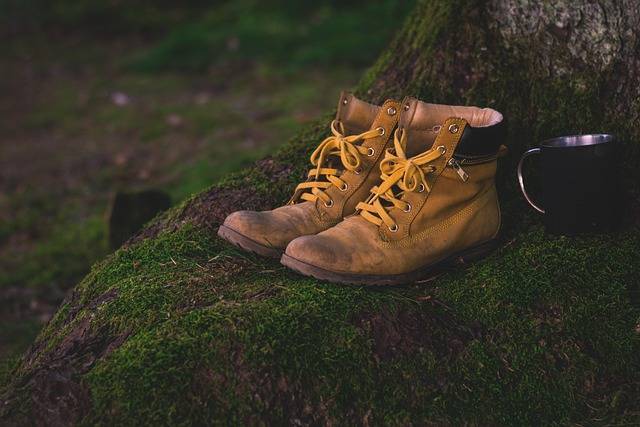
In Southeast Asia, countries like the Philippines and Vietnam are seeing a shift. Young consumers are embracing used leather boots as vintage fashion, while rural buyers still seek durable footwear for labor-intensive jobs.
Meanwhile, Eastern Europe is an often-overlooked but fast-growing region. Poland, Romania, and Ukraine are importing more used footwear due to rising retail prices and ongoing supply issues for new goods.
These regions offer massive opportunities for suppliers who can match quality with price. And with the rise of sustainability-focused buying behavior worldwide, used boots are no longer seen as “cheap alternatives”—they’re part of a circular economy movement.
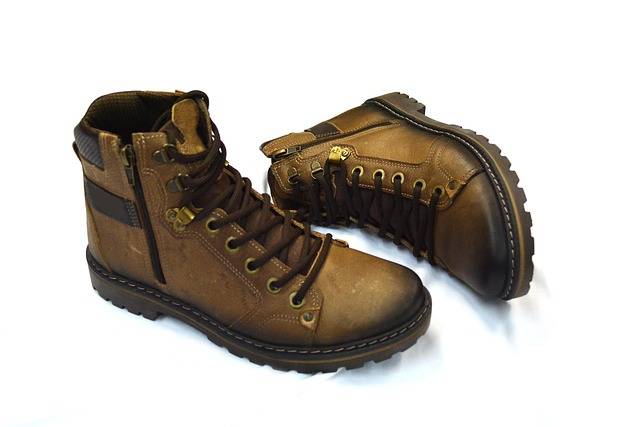
Sourcing Channels: How to Buy Used Boots in Bulk
Finding the right source for used boots can make or break your business. In 2025, there are more options than ever—but not all of them are equal. Successful B2B buyers know where to look and how to judge if a supplier is worth their trust.
1. Wholesale Exporters from Developed Markets
One of the most common channels is wholesale exporters based in Europe, North America, and East Asia. These companies collect, sort, and pack secondhand shoes in large quantities, often by grade. Some specialize in boots only. You can find them through trade directories, LinkedIn, and international B2B marketplaces. Always ask for product images, grading descriptions, and past client references before placing your first order.
2. Overstock and Return Goods from Factories
Some savvy buyers turn to factory overstock or return centers, mostly located in China, South Korea, and the U.S. These sources may offer near-new or lightly worn used boots—ideal for customers looking for “like new” stock. While they’re harder to find and more expensive, the resale margins are often higher.
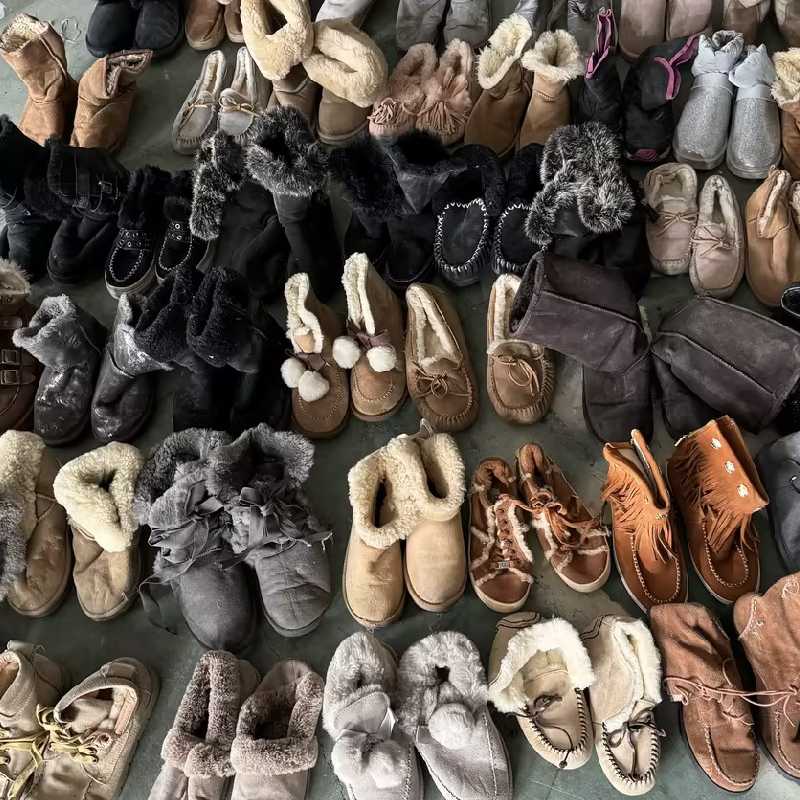
3. On-the-Ground Sourcing Trips
For those willing to travel, on-site sourcing trips remain effective. Visiting warehouses in places like Guangzhou, Istanbul, or Rotterdam lets you inspect goods firsthand. You also get a feel for supplier operations and negotiation culture. Just be sure to take photos, sample a few cartons, and check for hidden defects.
4. B2B Online Marketplaces: Caution Advised
Lastly, online sourcing platforms have become easier to navigate. But beware—photos can lie, and some “verified sellers” still cut corners. Look for platforms that offer escrow services or trade assurance, and always start small before committing to container-level orders.
No matter which route you choose, sourcing used boots at scale means balancing price, reliability, and consistent quality. Building long-term relationships with trusted suppliers is often more profitable than chasing the cheapest deal.
Quality Control: Grading and Inspection
Not all secondhand boots are created equal. What looks good in photos might not meet buyer expectations in person. For B2B buyers, understanding grading systems and knowing how to check product quality is essential to avoiding loss and keeping customers satisfied.
1. Grading Standards: A-Grade, B-Grade, and C-Grade
Most wholesale suppliers sort used boots by condition. While grading labels can vary slightly, the typical system looks like this:
- A-Grade (Premium/Refurbished): Lightly worn, minimal creasing, clean soles, no cracks. These are often cleaned or restored before shipping. Ideal for resale in retail-like settings.
- B-Grade (Standard Wear): Noticeable signs of wear, but still functional and presentable. Some scuffs or minor sole wear are acceptable. Often sold in outdoor markets or discount shops.
- C-Grade (Low-Grade/Repair Needed): Heavy wear, cracked leather, loose soles. Usually sold for recycling or low-cost local markets. Not suitable for exports without repair.
Before buying, always ask your supplier how they define these grades—and request pictures or videos from real shipments, not showroom samples.
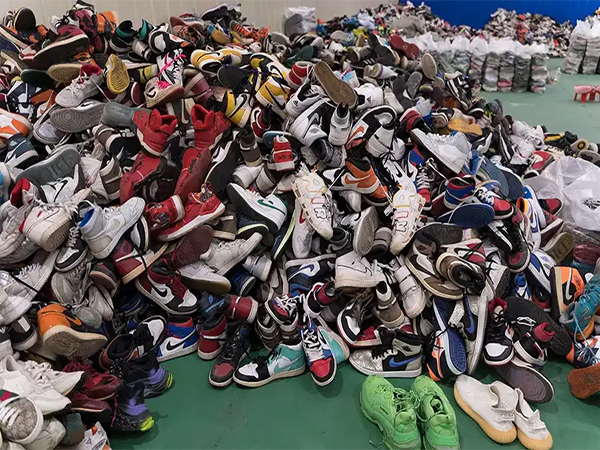
2. Common Defects to Avoid
Boots are built to last, but certain damage can seriously reduce resale value. Here are key things to watch for:
- Sole Separation or Holes: Even small splits in the sole can make the product unsellable in many markets.
- Cracked Leather or Peeling Coating: Especially on ankle areas and tongue flaps. These make boots look worn out and hard to clean.
- Broken Zippers or Laces: These are minor issues but may cause returns if not fixed before resale.
- Mold or Odors: Poor storage can cause mold growth, which is difficult to remove and a red flag for many buyers.
3. How to Do a Visual Inspection (Even from Afar)
If you can’t inspect the goods in person, here are ways to protect yourself:
- Request Photos of Random Samples: Ask for at least 20 photos per shipment showing a mix of conditions.
- Ask for Video Footage During Packing: Many reliable suppliers will agree to record short packing videos showing boxes being filled.
- Use a Third-Party Inspector: Services like SGS or local agents can inspect warehouse stock before shipment. It’s a small investment for a big return in trust.
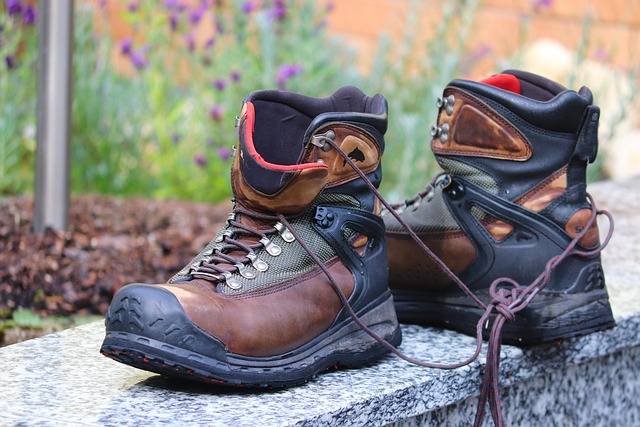
4. Building a Reliable Grading Checklist
As your business grows, it helps to build your own internal grading checklist. Train your team to recognize key issues and rate boots based on condition, color, brand, and style. Over time, you’ll develop a consistent quality standard—even when sourcing from different suppliers.
Buyers who understand how used boots are graded and inspected are better protected from surprises. Quality control isn’t just about avoiding bad pairs—it’s about building a reliable product reputation your customers can trust.
Logistics and Cost: Shipping, Tariffs, and Delivery Strategy
Getting the best used boots at the right price is only half the job. The other half is getting them to your warehouse or market efficiently and legally. Logistics can make or break your profit margin—especially when dealing with bulk shipments across borders. This section provides a practical guide to managing shipping, customs, and overall landed cost.
1. Sea Freight vs. Air Freight: Choose Based on Volume and Timing
For large shipments, sea freight is the most cost-effective option. A 20-foot container can hold 8,000–10,000 pairs of used boots, depending on how they’re packed. If time is not urgent, sea shipping saves up to 70% compared to air freight.
- Use sea freight for big shipments (5,000+ pairs) with flexible delivery deadlines.
- Use air freight only when testing small batches, filling urgent orders, or shipping to remote markets without sea access.
Tip: Ask your used boots supplier for both FOB (Free on Board) and CIF (Cost, Insurance, Freight) quotes to compare your responsibilities. CIF is easier but may hide costs; FOB gives you more control.
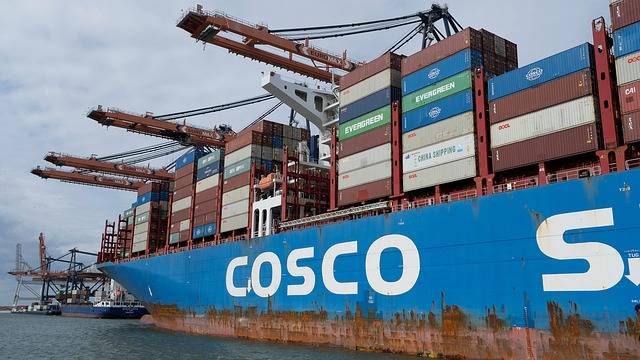
2. Know Your Destination Country’s Import Rules
Before placing any order, check your destination country’s tariff codes and restrictions for used footwear. Many African nations, such as Rwanda and Uganda, have seasonal or category-based bans on secondhand shoes. Others may allow only used boots in certain grades.
- Visit your country’s customs website or ask a freight forwarder for help with:
Failing to prepare can result in containers being delayed, fined, or even rejected.
3. Partner with a Freight Forwarder or Logistics Broker
If you’re new to global shipping, don’t go it alone. Partner with a licensed freight forwarder or customs broker. They’ll help you:
- Arrange booking with reliable shipping lines or airlines
- Handle customs clearance and documentation
- Estimate total landed costs before shipping
- Avoid compliance errors and hidden charges
Choose a partner experienced in used goods, as the paperwork differs from new products.

4. Optimize Packing to Reduce Cost per Pair
How you pack your used boots affects your shipping cost per unit. To lower cost:
- Use bales or compressed bags instead of boxes for lower-grade boots (e.g., C-grade or B-grade for local markets)
- Use stackable cartons with consistent dimensions for premium pairs (A-grade) to protect shape and brand value
- Label clearly by grade, size range, and weight to speed up customs inspection
Bonus tip: Ask your supplier if they offer mixed-grade packing—this lets you test various quality levels in one shipment.
5. Plan for Unexpected Delays and Duties
Shipping delays, port strikes, or random customs checks are not rare. Smart importers:
- Keep 2–3 weeks of buffer in their delivery schedule
- Budget an extra 10–15% for surprise costs (e.g., storage fees, document corrections)
- Maintain regular contact with freight agents during transit
You’ll never control every detail, but you can control how ready you are when problems come.
Smooth logistics isn’t just about transport—it’s about strategy. The more you know your routes, your costs, and your country’s rules, the better your chance of staying profitable in the used boots business.

Profit Analysis: Most Profitable Boot Types
Understanding profit margins in the used boots business is about more than just buying low and selling high. It requires a clear grasp of market demand, product categories, condition grading, and logistics costs. In 2025, used boots remain one of the highest-margin segments in the secondhand shoe market, but not all types offer the same return on investment.
Among the most profitable are used work boots, especially branded models like Caterpillar, Timberland PRO, or Red Wing. These are consistently in demand in developing regions due to their durability and association with strength and reliability. Even in B-grade condition, they can resell for two to four times their landed cost. Because these boots are often built to last, small signs of wear are less of an issue for buyers.
Used military boots, particularly used combat boots, are also strong performers, particularly in African and Eastern European markets. Buyers see them as both fashionable and practical—tough enough for rugged terrain yet stylish enough for daily wear. Margins are high because many military boots are originally manufactured to strict standards and survive well through a second life.
Used sports boots, such as used hiking or used football boots from brands like Merrell, Salomon, or Columbia, are more niche but offer strong returns when sold to the right buyers. These tend to do better in Southeast Asian markets where outdoor lifestyles and recreational trekking are on the rise. They’re best sourced in A-grade condition, as comfort and grip quality are key selling points.

Conclusion
In summary, sourcing used boots in bulk offers a profitable opportunity in 2025’s growing secondhand market. Understanding market trends, choosing reliable suppliers, enforcing strict quality control, and managing logistics effectively are key to success. By focusing on popular boot types and optimizing costs, wholesalers and importers can maximize their margins. With careful planning and smart sourcing, used boots remain a strong asset for any B2B business seeking steady growth in emerging markets.
By staying attuned to market trends, choosing reliable suppliers, and optimizing costs, wholesalers and importers can achieve steady growth in emerging markets. To dive deeper into these topics, check out these articles:
Why Used Boots Are a Growing Niche for Eco-Conscious B2B Buyers
Top 5 Most In-Demand Used Boots for Resellers in 2025
How B2B Sellers Can Profit from the Used Football Boots Boom in 2025

